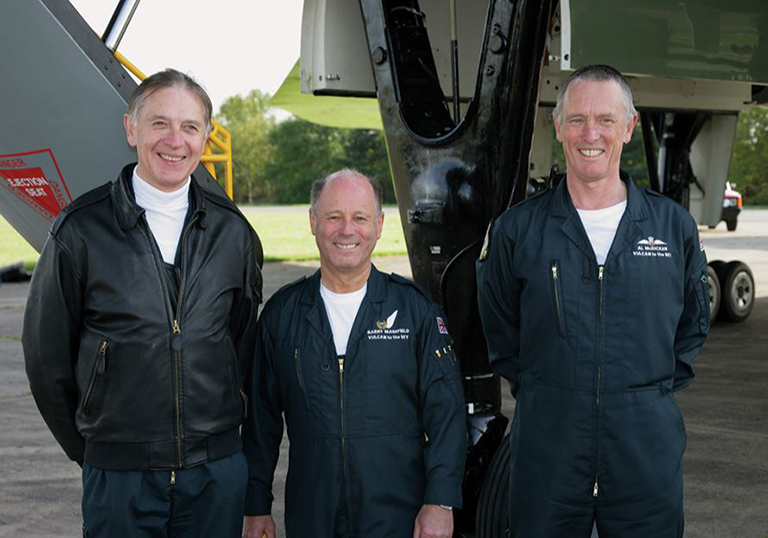
Ramblings from the AEO’s Panel – Part 13
Don’t Mess With The Gods We’re continually paying homage to Vulcan, the Roman god of fire and rightly so. Vulcan has played a significant role
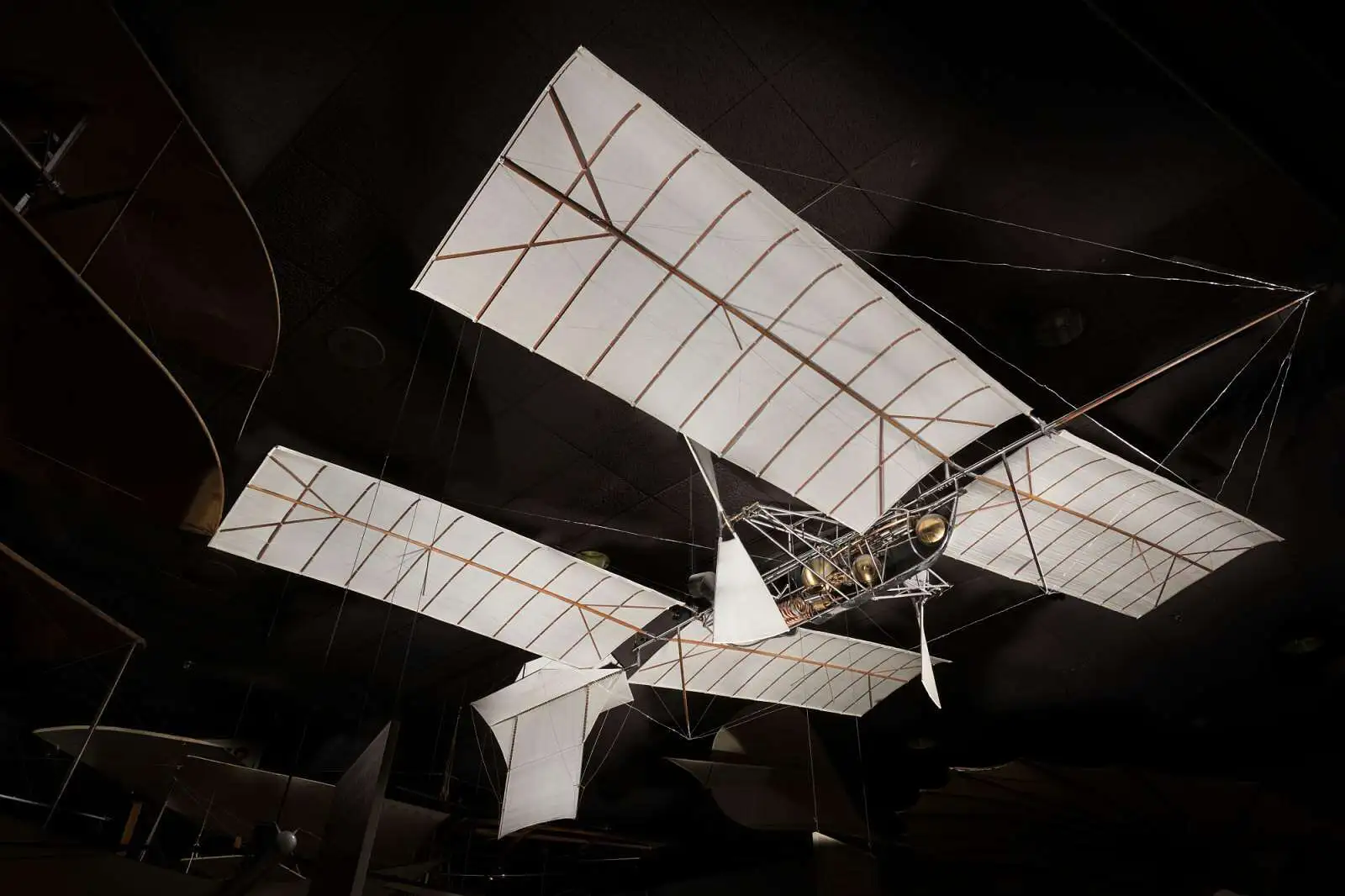
Aircraft have become an essential part of all aspects of our day to day lives. Whether through business, pleasure or war, they have been vital to closing distances, and removing barriers in front of us.
We start this series by looking at the evolution of aviation. From its rickety beginnings and dismissal of military usage, to their experimental means of force through the First World War, progressing to becoming an integral part of World War II, and eventually playing a large part in protecting and deterring threats during many past conflicts such as the Cold War and Falklands War.
Many look to Orville and Wilbur Wright as the first to have flown an aircraft. Whilst they may have developed some essential original ideas which pushed aviation forward, they were building upon many earlier theories and experiments, some as early as 1799, to guide them in the right direction.
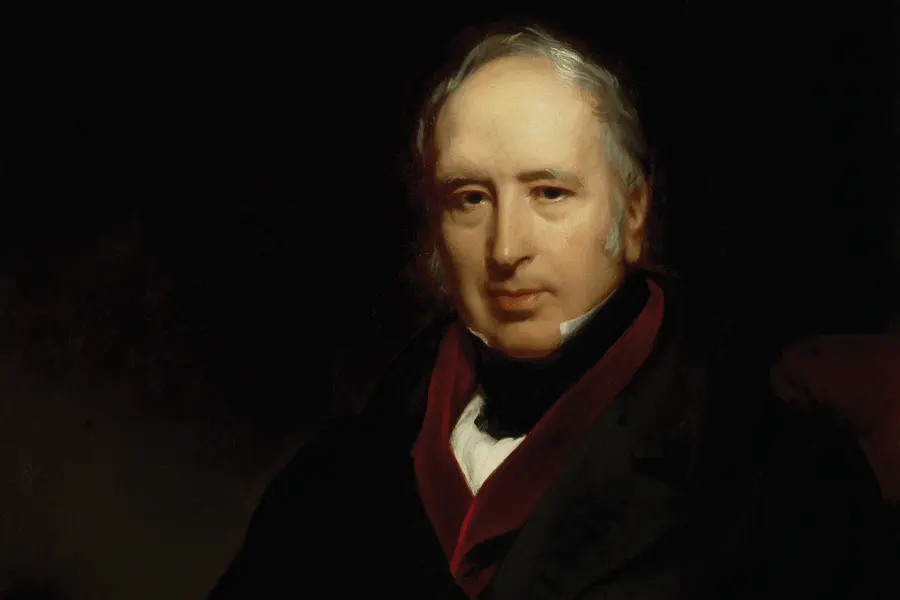
Sir George Cayley
Sir George Cayley was born in North Yorkshire in 1773 and is known as the ‘Father of aviation’ and a pioneer in the original principles of flight.
Before Cayley, we had already reached the skies in hot air balloons. However, Cayley wanted to build something new, something heavier than air.
Others had already attempted to build machines resembling birds, and believed it was necessary to have the wings flap to obtain flight. Cayley saw that Seagulls and other birds could fly without flapping, controlling their flight through the shape of their wings and their direction by changing their wings angle. He came to the conclusion that flapping wasn’t a requirement for successful flight.
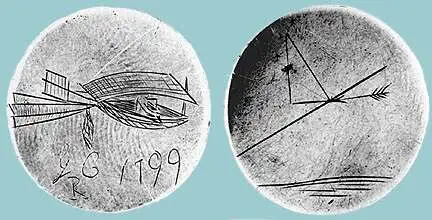
Cayley’s First Aircraft Design
One of Cayley’s first recorded designs was in 1799, when he was 26. The design had a fixed curved wing that resembled a sail to provide lift, a movable tail to control direction and ‘flappers’ beneath the wing for thrust.
Whilst at the time there was no engine light enough or powerful enough to get a machine airborne, this was the first example of identifying the principles of flight, and became the first design of what would later be called an airplane.

Cayley’s 1804 design
In 1804, Cayley built a small version of his design out of bamboo and cloth which flew for 94 meters. In the years following, Cayley developed many aerodynamic theories, of which his observations on the principles of flight became part of one of his studies ‘On Aerial Navigation’ in 1809. These principles are the four forces we now know are essential for flight: Weight, lift, drag and thrust.
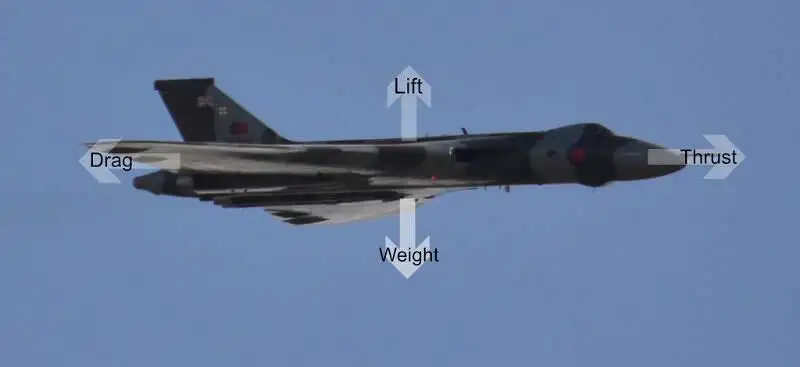
Cayley’s 1804 design
Weight: how heavy the aircraft is, vertically downward from the centre of gravity of the aircraft.
Lift: How the air rises as the air goes past it. The shape of the wing is designed in such a way that air flowing over it has to travel much faster than the air travelling underneath, thus opposing the force of gravity and lifting the wing upwards.
Drag: The friction of the air hitting the aircraft as it meets and passes over the aircraft.
Thrust: how the aircraft overpowers the drag.
40 years later, Cayley returned to his glider, building the world’s first full sized glider capable of holding a passenger, his first being a 10 year old boy, and 3 years later with the help of one of his servants as a passenger, successfully flew 900 meters. His servant, following the flight and ensuing crash landing is known to have said ‘Please, Sir George, I wish to give notice, I was hired to drive and not to fly.”
Cayley died in 1857 and didn’t get to see his work become a full reality, however his research helped many to carry on advancing aviation. One of those was Samuel Pierpont Langley.
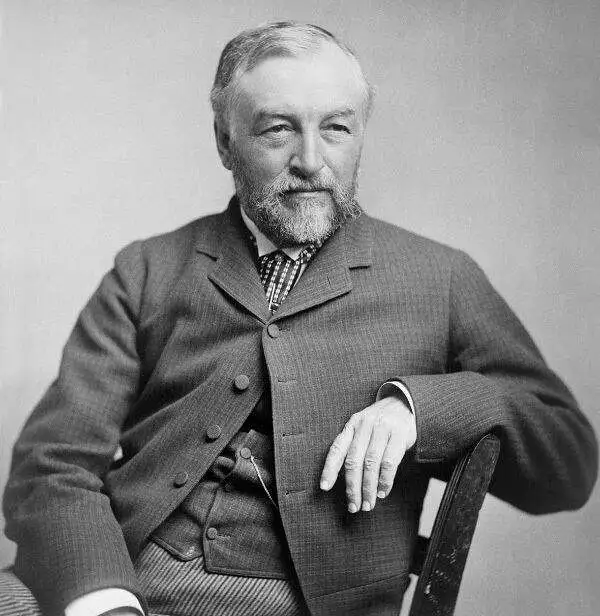
Samuel Pierpont Langley
Born in 1854 in Massachusetts, Langley is most well known as being ‘The man who almost beat the Wright brothers into the air’ and was famous for his steam powered aircraft called ‘Aerodromes’ which were un-piloted heavier-than-air machines. The most famous being the Aerodrome 5 and 6 which he flew in 1896 and reached a distance of 900 metres, becoming the first powered heavier-than-air machine to achieve sustained flight.
Langley received a government grant in 1898 to allow him to build a full scale version of his aerodrome No. 5 to carry a pilot into the air. He completed this in 1903 and on October 7 of the same year carried out first tests. Unfortunately, they didn’t go to plan and his aircraft snagged on the launching mechanism causing it crash ‘like a handful of mortar’.
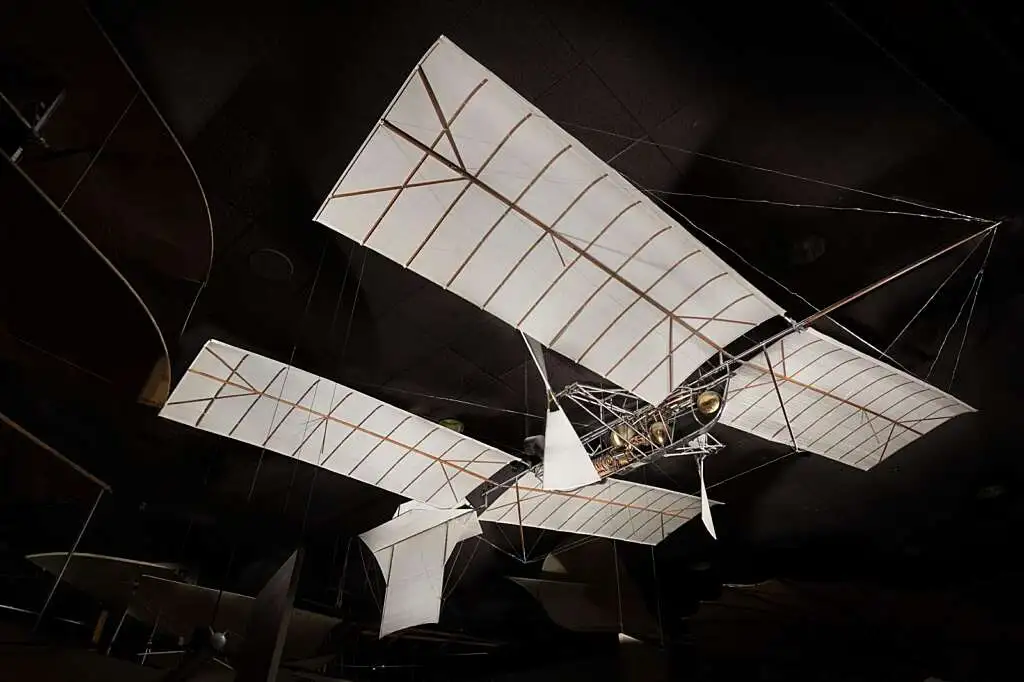
Langley’s Aerodrome
His second attempt on December 8 suffered a very similar fate, and with public faith in him low, and funding exhausted he gave up on the race for the first manned powered aircraft.
Just 9 days later, on 17 December, the Wright brothers succeeded where Langley could not. A Newspaper article from that time describes their success.
‘Wrights fly heavier-than-air plane’
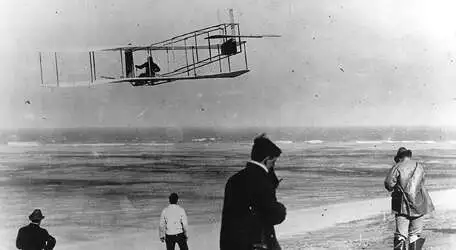
Wright Brothers first successful flight
Dec 17 1903:
Two inventors from Dayton Ohio, Wilbur and Orville Wright, today flew a curious-looking, heavier than air machine over the beach at Kitty Hawk, North Carolina. The two brothers claim they made four flight in all, the longest lasting almost a minute and covering 850 feet. The wrights managed to get their aircraft to fly when so many have failed before by using movable wingtips to control the machine. They also developed their own lightweight 25-horsepower engine providing a higher power-to-weight ratio than any previous models.
The flyer, as the wrights call their machine, weighs 605 pounds and was launched off a trolley rolling along a greased 60-foot launching track. The two propellers on the aircraft began moving soon after 10:30am and Orville Wright, 32, four years younger than Wilbur, climbed into a cradle-like harness slung beneath the lower of two wings. The controls of the aircraft were designed so that he could move the rudder and wing flaps by changing the position of his body while his hands controlled the engine throttle and other controls.
The aircraft hit the ground after 12 seconds on the first flight, but later in the day Orville managed to keep it in the air for longer. The brothers have been working secretly on the machine for several years and began by testing models in a wind-tunnel they built near their home.
The Wright brothers had won the race for first flight and paved the way for the future development of aviation.
In the next in the series, we will be looking at those early developments leading up to the First World War.

Don’t Mess With The Gods We’re continually paying homage to Vulcan, the Roman god of fire and rightly so. Vulcan has played a significant role
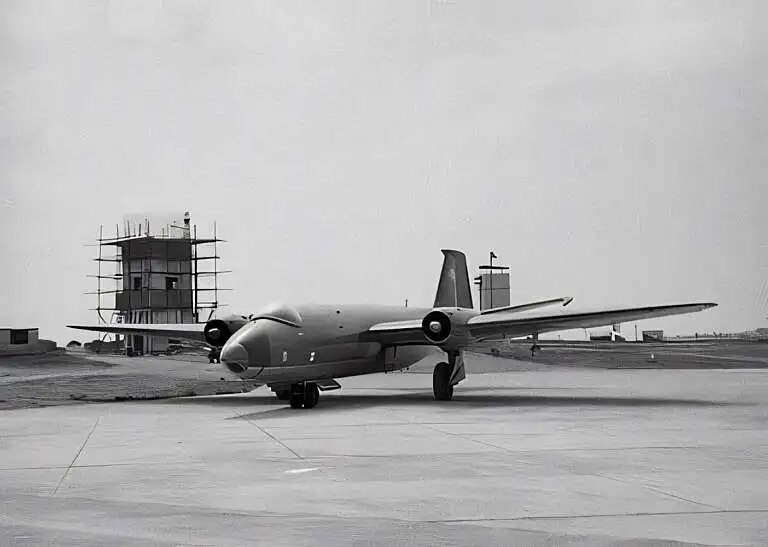
Born in 1942, I obviously have few memories of WWII but one remains vivid. It is also the first distinct memory I have of any
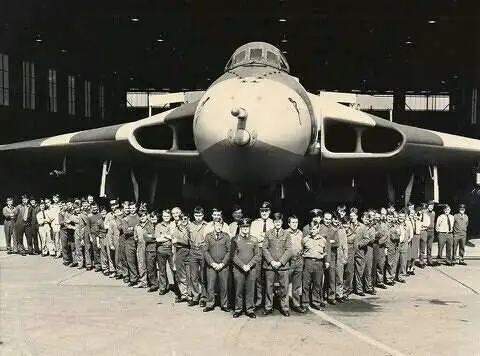
Header image: RAF Waddington 1982 | Engineers and flight crew with the Vulcan prior to deployment to Ascension Island On 14 June 1982, Argentine ground

Barry Masefield was the Air Electronics Officer (AEO) for Vulcan XH558 and had flown in this iconic aircraft for over 30 years, also being a key